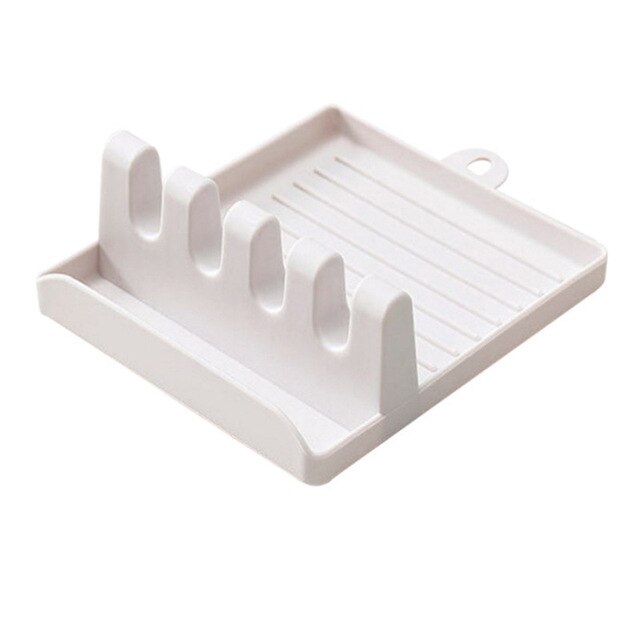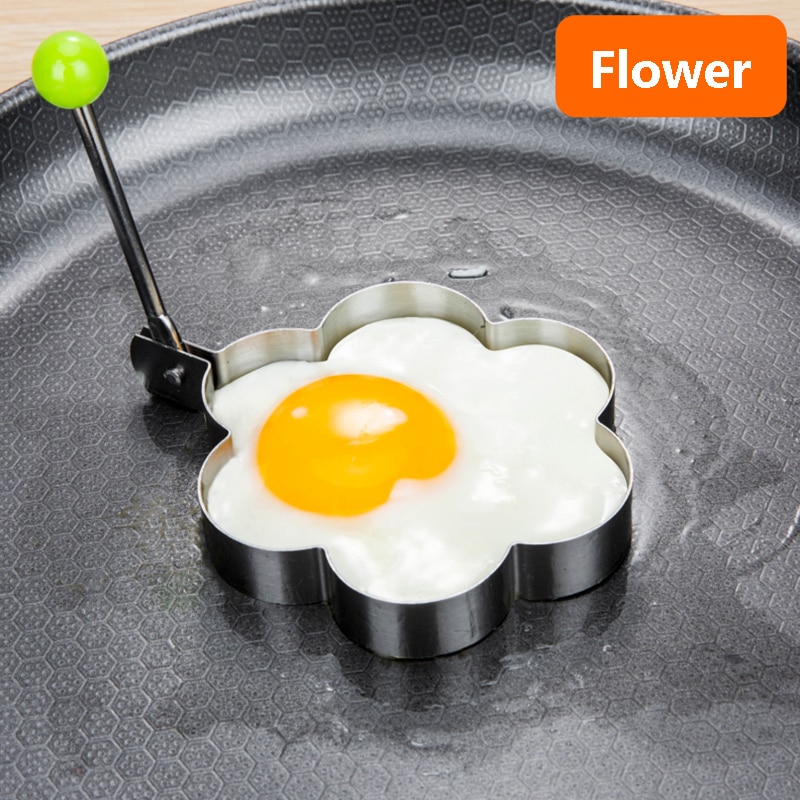
Introduction: Embracing Modern Decorations
Modern decorations are all about clean lines, minimalism, and a sleek aesthetic that enhances contemporary living spaces. With a focus on simplicity and functionality, modern decor pieces can transform any room into a stylish and sophisticated environment. As you prepare for the shopping season, understanding the essentials of it will help you make informed choices that elevate your home’s design.
This comprehensive guide will explore various modern decoration styles, trends, and tips for selecting and integrating modern decor into your living spaces.
Types of Modern Decorations
Modern decorations encompass a wide range of styles and elements. Here’s a look at some popular types:
- Minimalist Decor:
- Simple Furniture: Minimalist furniture focuses on clean lines and functional design. Look for pieces with streamlined shapes and neutral colors.
- Decluttered Spaces: Emphasize open spaces and avoid excessive decor. Choose a few key pieces that make a statement without overwhelming the room.
- Scandinavian Style:
- Light Wood: Scandinavian decor often features light wood furniture and flooring. It creates a warm and inviting atmosphere with a focus on natural materials.
- Neutral Palette: Use a neutral color palette with shades of white, gray, and beige. Accent with soft textiles and subtle patterns for a cozy feel.
- Industrial Chic:
- Raw Materials: Industrial decor incorporates raw materials such as exposed brick, concrete, and metal. It’s perfect for adding an urban edge to your space.
- Functional Design: Choose furniture and accessories with a utilitarian design. Look for items that combine form and function.
- Mid-Century Modern:
- Retro Furniture: Mid-century modern decor features retro furniture with geometric shapes and bold colors. It combines vintage charm with modern functionality.
- Statement Pieces: Incorporate iconic pieces such as Eames chairs or Noguchi tables to create a focal point in your room.
- Contemporary Art:
- Abstract Art: Modern decor often includes abstract or geometric art pieces. They add visual interest and complement minimalist design.
- Sculptural Elements: Consider sculptures and artistic installations that enhance the aesthetic of your space and serve as conversation starters.
- Modern Lighting:
- Sleek Fixtures: Modern lighting includes fixtures with clean lines and innovative designs. Look for options such as pendant lights, chandeliers, and floor lamps that fit the modern aesthetic.
- LED Technology: Opt for energy-efficient LED lighting that offers both functionality and style. It’s a practical choice that complements modern decor.
- Textile Accents:
- Neutral Rugs: Modern rugs often feature geometric patterns or solid colors. Choose rugs that provide warmth and texture without overwhelming the space.
- Throw Pillows: Incorporate throw pillows with simple patterns or textures to add comfort and a touch of style to your seating areas.
Tips for Shopping for Modern Decorations
When shopping for modern decorations, keep these tips in mind to ensure you find the perfect pieces for your space:
- Define Your Style:
- Determine your preferred modern style, whether it’s minimalist, Scandinavian, or industrial. This will help guide your choices and create a cohesive look.
- Set a Budget:
- Establish a budget to guide your shopping decisions. Modern decor can range from affordable to high-end, so set a budget that aligns with your needs and preferences.
- Measure Your Space:
- Measure the dimensions of your rooms and furniture to ensure that new decorations fit well and complement the existing layout.
- Choose Quality Materials:
- Invest in high-quality materials that offer durability and a refined look. Modern decor often emphasizes clean lines and premium finishes.
- Consider Functionality:
- Select pieces that are both stylish and functional. Modern decor should enhance your living space while serving practical purposes.
- Mix and Match:
- Don’t be afraid to mix different modern styles and textures. Combining elements from various styles can create a unique and personalized look.
- Shop with a Vision:
- Have a clear vision of how you want your space to look. Consider creating a mood board or gathering inspiration to guide your shopping process.
- Read Reviews:
- Customer reviews can provide valuable insights into the quality and performance of decor items. Look for feedback from other buyers to make informed decisions.
Where to Shop for Modern Decorations
Explore these shopping options to find modern decorations that suit your style:
- Specialty Home Decor Stores:
- Specialty stores offer a curated selection of modern decor items and expert advice. They often carry unique pieces and high-quality options.
- Department Stores:
- Department stores provide a range of modern decor items from various brands. They may also offer seasonal sales and promotions.
- Online Retailers:
- Online shopping offers convenience and a broader selection. Look for reputable online stores with detailed product descriptions and customer reviews.
- Boutiques:
- Boutiques often carry exclusive and designer decor pieces. They offer personalized service and unique finds that can elevate your space.
- Home Improvement Stores:
- Home improvement stores provide functional and stylish decor items, including lighting fixtures, textiles, and furniture.
Caring for Modern Decorations
Proper care will help maintain the quality and appearance of your modern decor:
- Follow Care Instructions:
- Adhere to the care instructions provided by the manufacturer for each decor item. This helps prevent damage and ensures longevity.
- Clean Regularly:
- Clean your decor items according to their material. Dust surfaces regularly and use appropriate cleaning products for different finishes.
- Protect from Damage:
- Avoid placing decor items in direct sunlight or high-traffic areas to prevent damage. Use coasters and protective pads for furniture and surfaces.
- Rearrange Occasionally:
- Rearranging decor items can refresh your space and keep the look dynamic. Experiment with different layouts to maintain visual interest.
- Handle with Care:
- Handle decor items gently to avoid breaking or scratching. Store items properly to prevent accidental damage.
Conclusion: Transform Your Space with Modern Decorations
Shopping for modern decorations offers the opportunity to enhance your living space with style and sophistication. By understanding different decoration styles, following shopping tips, and properly caring for your items, you can create a contemporary and inviting environment. As the shopping season approaches, explore the diverse world of modern decor and find pieces that reflect your personal style and elevate your home.


